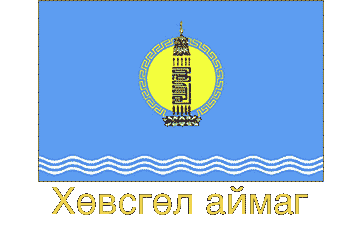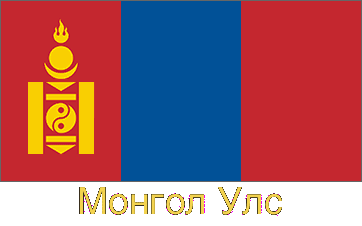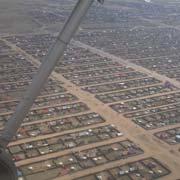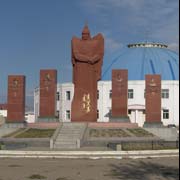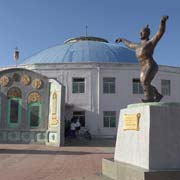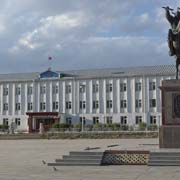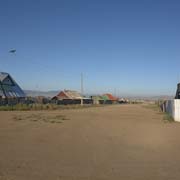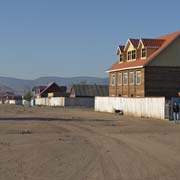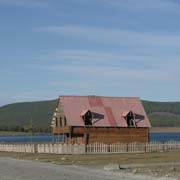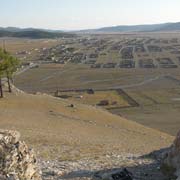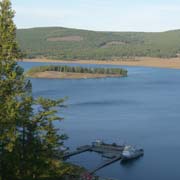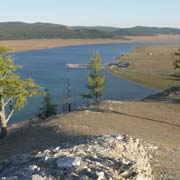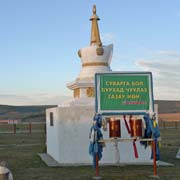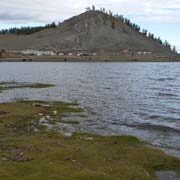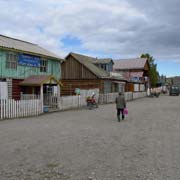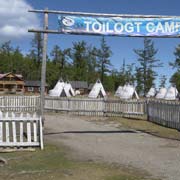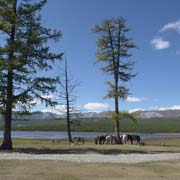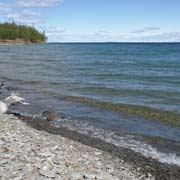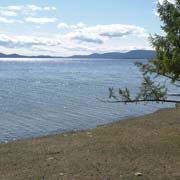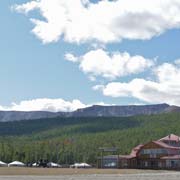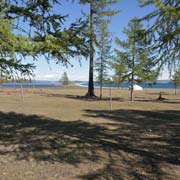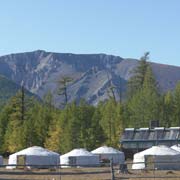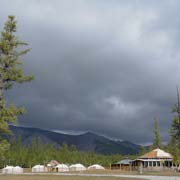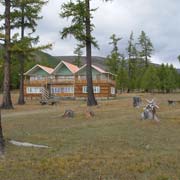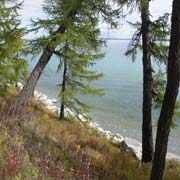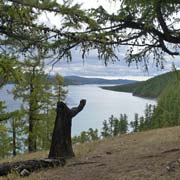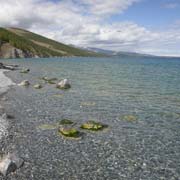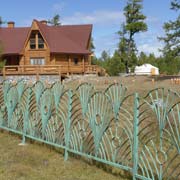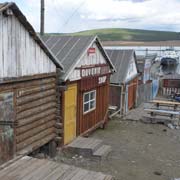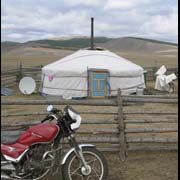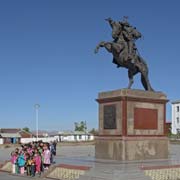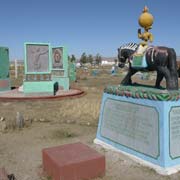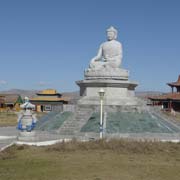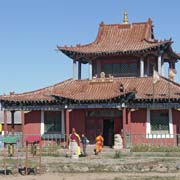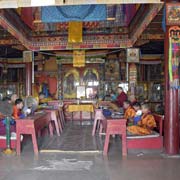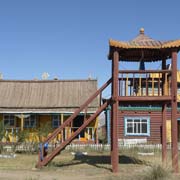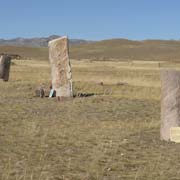Photos of Khövsgöl Province, Mongolia
Khövsgöl Province
Khövsgöl aimag is the northernmost province of Mongolia. The name is derived from Lake Khövsgöl, the country’s largest freshwater lake by volume. The province has an area of 100,629 km² and a population of around 125,000. It is a mountainous region of outstanding natural beauty.
you may then send it as a postcard if you wish.
The biggest drawcard is Khövsgöl Nuur National Park, the “Blue Pearl of Mongolia” with its beautiful lake. The lake is about 136 kilometres long, stopping just before the Russian border. There are great possibilities for trekking, on foot or horseback and at the western shore near the village of Hatgal, are ger camps to stay. For example, Nature’s Door ger camp has solar hot water showers and cabins, plus good food.
The provincial capital is Mörön, a transport hub in the north with good hotels, guest houses and restaurants. It has a large wrestling stadium with statues of famous local heroes, a large square with a statue of Marshal Chingünjav, one of the two principal leaders of the 1755-1756 rebellion against the Manchu in Outer Mongolia. There is Khövsgöl Park, a giant map of the province with displays of the highlights, a favourite with children. Nearby is Danzandarjaa Khiid, a rebuilt monastery, reopened in June 1990; the original monastery (Morongiin Khüree) was built around 1890 and was home to 2,000 monks. It now has 30 monks of all ages.
Past Mörön airport, about 20 kilometres west from the town, is Uushigiin Övör, an emplacement of sacrificial mounds (“khereksuur”). Within it are 14 “deer stones”, carved standing stones that date to the mid-Bronze Age, between 1500 and 800 BCE. These feature flying deer in high relief and often hunters with bows and arrows chasing them. There are about 700 deer stones known worldwide; 500 are located in Mongolia, and the best collection is here in Uushigiin Övör.
